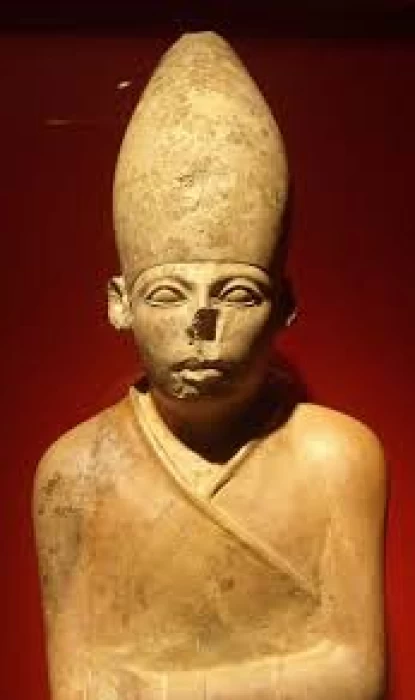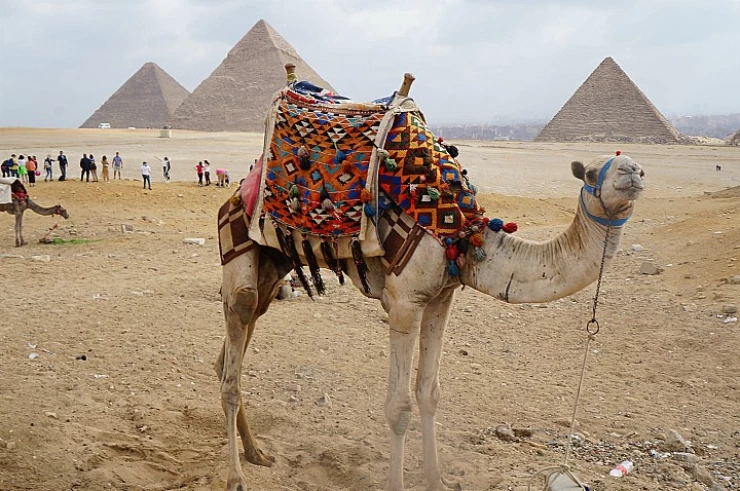
king Khasekhemwy | The Egyptian pharaoh
Historians narrated that the Egyptian king Khasekhemwy defeated his enemies. In addition, there is a statue carved for him especially, with an inscription on its base as proof documenting and counting the number of his enemies killed by his army in their battle against the rebellious northerners. Egypt's ruling system had many powerful kings, choose one of Cairo Day Tours and learn more about their efforts to protect Egypt.
Historians have explained that the inscription is very clear on the base of his statue, which is currently in the Ashmolean Museum in England, as the number of enemies was 47,209. He noted that this documented victory is what made the king become the ruler of Egypt, and the second unifier of the two countries (after Narmer in the First Dynasty) and of all of Egypt.
He went on to say that the period of his rule was very sensitive, as it was a test of the continuity of unity and the sustainability of the idea of unifying the two countries and not submitting to the principle of the separation of the northern and southern countries. Upper Egypt is a very significant part of Egypt that is now known as Luxor and Aswan cities, they have one of the most beautiful experiences of Egypt Nile cruise to have your vacation sailing in the Nile River.
He added to his original name "Kha Sekhem" the word "Wi" meaning "the two powers appear" or "the appearance of the two powers", and not the single power as it was (Kha Sekhem), describing him as the owner of the oldest statues of a king in the history of Egypt so far, some of which were discovered in "Kab Nekhen" called Hierakonpolis in ancient Greek, located between "Esna" and "Edfu" in Upper Egypt (the south), including an important statue in the Egyptian Museum in Cairo, you can see it during one of the tours of Egypt Day Tours and enjoy seeing another enchanting statues. where half of his head and the white crown he wears are missing, and its importance revolves around the fact that it is one of the first royal statues carved in stone in the history of Egypt.
Moreover, he added that one of his most famous works is the unification of Egypt under a single government and the construction of the first huge wall in history, which reaches a height of about 10 meters of adobe in Kab. And another one in Shunet El-Zeeb in Abydos, Sohag.
It is noteworthy that he has a tomb in Abydos, Sohag. Two very beautiful vessels made of dolomite, gold, and carnelian (agate) were discovered in it. They are in the Egyptian Museum in Tahrir, Cairo. It dates from the time of the Second Dynasty, in which "Khasekhemwy" ruled. "Khasekhem" ruled around 2686 BC. He is the last ruler of Abydos, as "Djoser" (Zoser) moved the center of power to "Memphis" after him.















